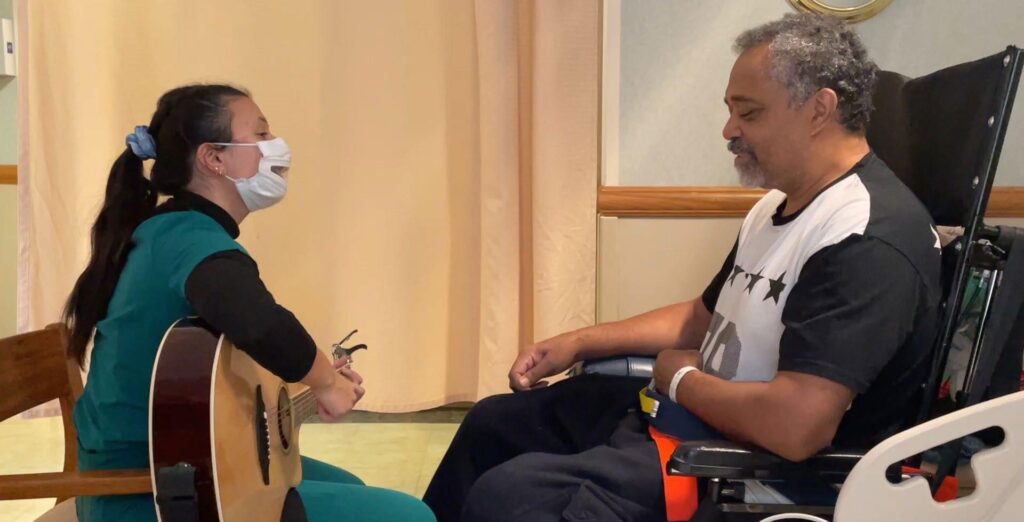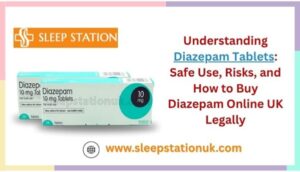
Spinal cord stimulation is changing the way post-surgical pain is managed for spine patients. Dr. Larry Davidson, a leader in spinal surgery, recognizes that electrical therapy is becoming a valuable option for those who need long-term relief after conventional pain treatments fall short. By targeting pain at the neurological level, Spinal Cord Stimulators (SCS) help patients regain comfort and function without heavy reliance on medication.
As part of a growing trend toward non-opioid solutions, spinal cord stimulators are now being incorporated earlier in recovery pathways for select patients, offering hope for faster, safer healing.
What Is a Spinal Cord Stimulator?
A spinal cord stimulator is an implantable device that delivers mild electrical pulses to the spinal cord, interrupting pain signals before they reach the brain. These pulses do not cure the source of pain but effectively change how the brain perceives it. For patients recovering from spinal surgery, particularly those experiencing nerve-related or chronic pain, SCS provides a non-drug method of control.
The system consists of electrodes implanted near the spinal cord and a small pulse generator placed under the skin, typically in the lower back. Some systems allow patients to adjust settings with a handheld controller, tailoring the sensation to their comfort level.
Candidates for Spinal Cord Stimulation
Not every post-surgical patient requires a spinal cord stimulator. This therapy is typically reserved for individuals who continue to experience moderate to severe pain after surgery, especially when nerve irritation or damage is involved. Conditions like Failed Back Surgery Syndrome (FBSS), Complex Regional Pain Syndrome (CRPS) and neuropathic pain respond particularly well to this therapy.
Before implantation, patients often undergo a trial phase, during which a temporary device is used for several days to evaluate the potential benefit. A successful trial, usually defined by a 50 percent or greater reduction in pain, can lead to permanent implantation.
Advantages of Traditional Pain Medications
Spinal cord stimulation offers several benefits over conventional pharmacological options:
- Reduced reliance on opioids: Many SCS patients report significantly decreased opioid use after implantation.
- Targeted relief: Rather than dulling the entire nervous system, SCS focuses on pain-specific nerve signals.
- Reversible and adjustable: Unlike some surgeries, the system can be turned off or removed if ineffective.
- Few systemic side effects: SCS avoids issues like sedation, gastrointestinal distress or hormonal imbalances often linked to long-term medication use.
Mechanism of Pain Modulation
The electrical signals from the SCS interfere with pain messages traveling through the dorsal columns of the spinal cord. This process, known as neuromodulation, does not eliminate the pain source but instead masks or alters the perception of pain. Most patients experience a tingling or vibrating sensation known as paresthesia, which replaces the painful sensation with a more tolerable one.
Some newer devices offer “paresthesia-free” stimulation, meaning patients feel no noticeable tingling but still benefit from pain suppression. These advancements help accommodate patients with varying preferences and tolerances for stimulation.
Dr. Larry Davidson mentions, “A merger of AI and 3D printing could result in the production of an implant that uniquely serves the needs of a specific patient. Such preparation would be done before a planned procedure based on the imaging studies of the patient’s spine.” His insight reflects the broader goal of integrating technology into personalized recovery plans, ensuring that solutions match each patient’s unique needs.
Integrating SCS With Post-operative Care Plans
Spinal cord stimulation is not a standalone solution. It is most effective when paired with other elements of a comprehensive recovery plan. After spinal surgery, patients often follow a regimen that includes physical therapy, medication, lifestyle modifications and, in some cases, psychological support.
SCS enhances this model by providing continuous pain relief that enables better participation in other therapies. For example, when pain levels drop, patients are more likely to engage fully in physical rehab sessions, promoting flexibility, strength and overall mobility.
Risks and Considerations
Like any medical procedure, spinal cord stimulation carries risks. Complications may include infection at the implant site, lead migration, equipment malfunction or nerve damage. However, many of these risks can be minimized with proper technique, experienced surgical teams and good post-operative care.
It’s also important to have realistic expectations. SCS is not a cure, and while it can reduce pain, it may not eliminate it. Success depends on patient selection, adherence to the broader recovery program and the correct programming of the device.
Technological Advances in Spinal Cord Stimulation
Technology continues to drive improvements in SCS systems. Some of the latest developments include:
- Rechargeable batteries that last for up to 10 years
- Wireless programming capabilities for easier adjustments
- Closed-loop systems that monitor spinal activity and adjust output in real time
- Smaller devices with more discreet implant options
These innovations improve patient comfort and convenience, encouraging more consistent use and better overall satisfaction. As the technology becomes more refined, SCS may move from being a last-resort option to a more mainstream component of spinal recovery.
Patient Education and Trial Preparation
Before committing to a permanent spinal cord stimulator, patients must be fully educated about the procedure, its benefits and its limitations. A trial run helps determine whether the device can offer meaningful relief, and education ensures that patients enter this process with realistic expectations.
Discussion topics typically include:
- What kind of pain does SCS target
- How the trial procedure works
- What sensations to expect
- How the device is implanted and adjusted
- What follow-up and maintenance are required
Clinicians also use this phase to assess patient motivation, mental health and lifestyle factors that could impact success. When done thoroughly, this preparation helps align expectations with likely outcomes.
A New Standard in Pain Relief
Spinal cord stimulators represent a growing frontier in post-surgical pain management. By addressing nerve pain directly through electrical signals, they allow many patients to regain their quality of life without the burden of long-term medications. As research continues and technology changes, SCS systems can likely become even more effective, customizable and accessible.
The shift toward device-based recovery solutions mirrors the broader goals of modern spine care: delivering individualized treatment, minimizing pharmacological risk and empowering patients to take control of their healing process. By integrating electrical therapy into comprehensive post-surgical care, providers can offer spinal patients a smarter, more sustainable path to recovery grounded in innovation and guided by patient needs.






